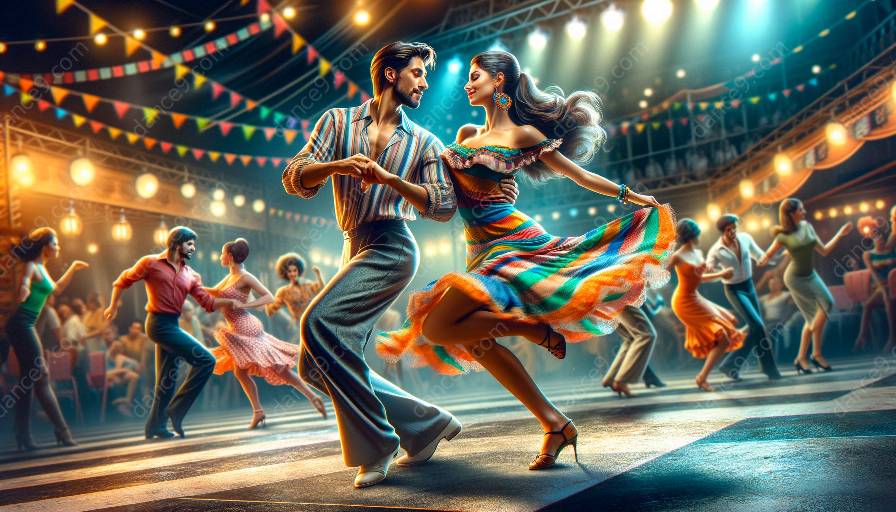Salsa Cubana, also known as Cuban salsa, is a vibrant and energetic dance style that has a rich history and has evolved through various shifts and developments in choreography. Understanding the historical influences on salsa cubana can provide valuable insight into its unique attributes and enhance dance classes.
The Roots of Salsa Cubana
Salsa Cubana emerged from a blend of Afro-Cuban rhythms, son, and other popular dance styles in Cuba. Its roots can be traced back to the fusion of African and Spanish music and dance traditions during the colonial period. This cultural exchange laid the foundation for the development of salsa cubana.
Influences from Afro-Cuban Dance
The choreography of salsa cubana is deeply influenced by Afro-Cuban dance traditions, such as rumba, guaguancó, and yambú. These dances contributed to the distinctive body movements, footwork, and partner connections that are essential elements of salsa cubana.
The Impact of Mambo and Casino Rueda
During the mid-20th century, the influence of mambo, a popular dance style with strong Cuban roots, impacted the choreography of salsa cubana. Additionally, the development of Casino Rueda, a form of salsa danced in a circle or wheel, introduced new choreographic elements and group interactions to the dance.
Evolution of Choreography in Salsa Cubana
In recent decades, salsa cubana has continued to evolve, incorporating elements from other Latin dance styles and international influences. The choreography has become more diverse, with an emphasis on improvisation, musicality, and expression. This evolution has enriched the dance and expanded its choreographic repertoire.
Choreography in Salsa Cubana Dance Classes
Today, salsa cubana dance classes aim to teach students not only the basic steps and partner connections but also the historical and cultural significance of the dance. Instructors often integrate the traditional choreography with contemporary elements, ensuring that students gain a comprehensive understanding of the dance form and its evolution over time.
Understanding the historical shifts and developments in the choreography of salsa cubana provides dancers with a deeper appreciation for the art form and enhances their ability to convey the authentic spirit of the dance. By embracing the historical influences, dancers can infuse their performances with the richness of salsa cubana's cultural heritage.













































































